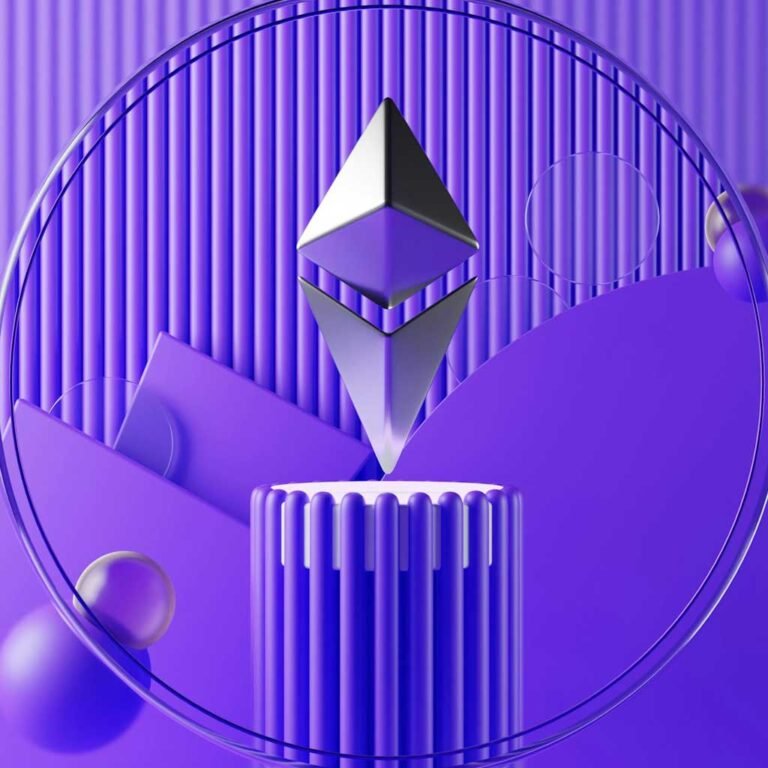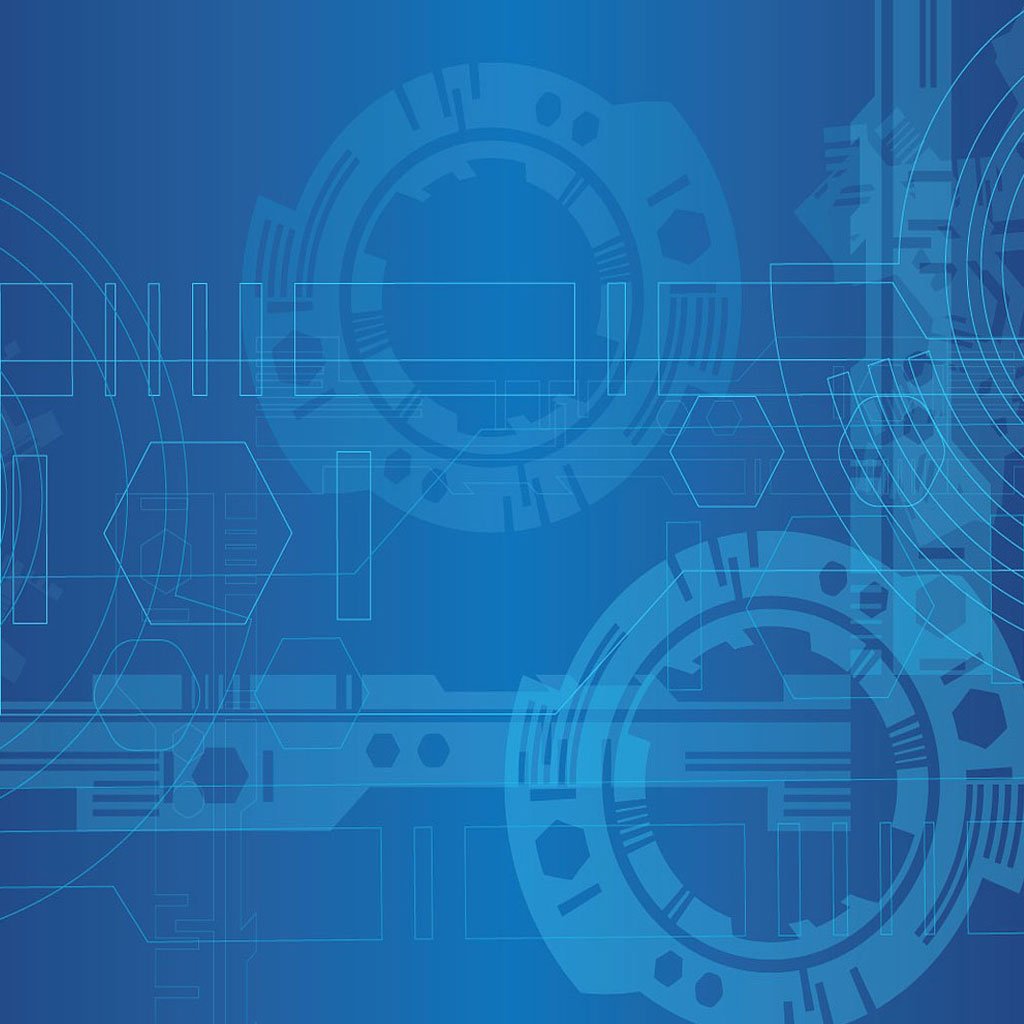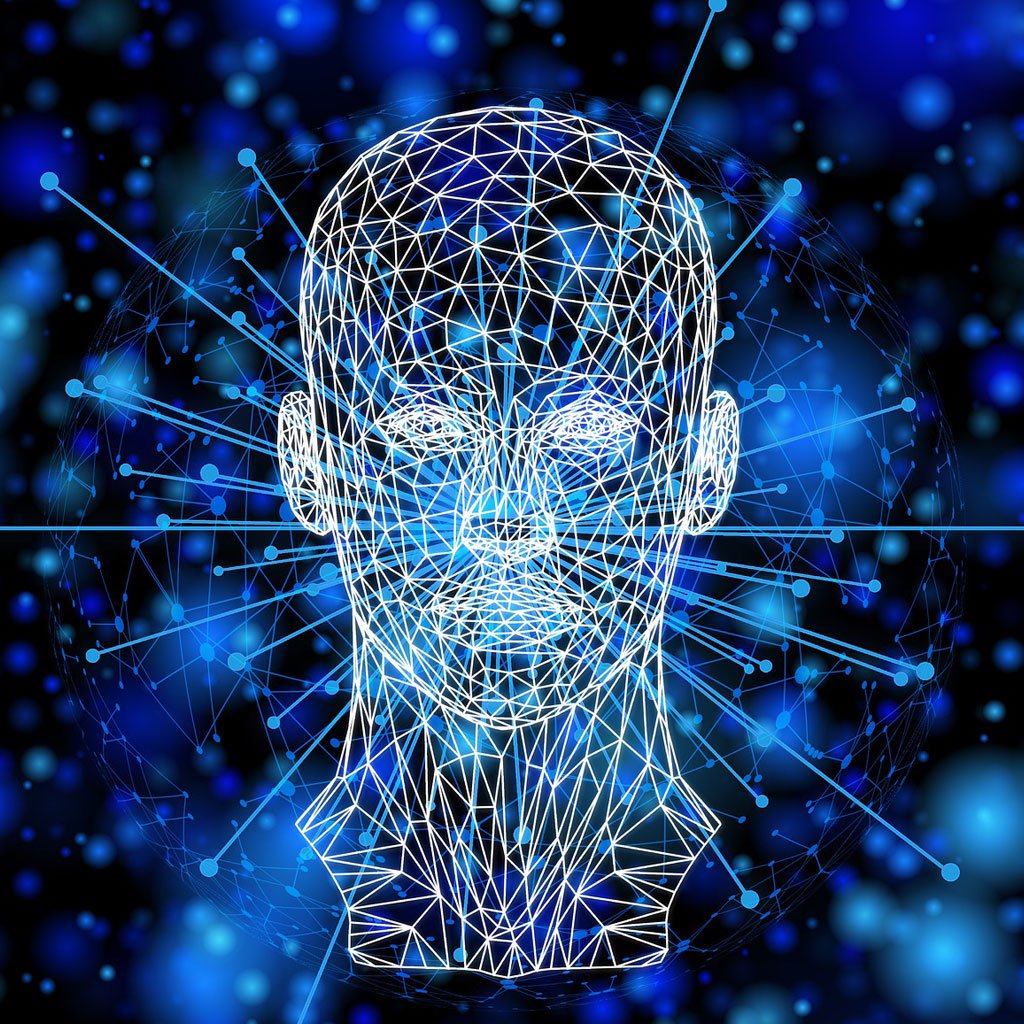
Decentralized Applications (dApps): Revolutionizing the Web 3.0 Ecosystem
Last updated: March 26, 2024 | Digital Techtune
In the era of Web 3.0, decentralized applications (dApps) have emerged as a transformative force, redefining the way we interact with digital services and platforms. In this comprehensive exploration, we delve into the concept of decentralized applications, their underlying principles, functionalities, and their pivotal role in the Web 3.0 ecosystem.
Understanding Decentralized Applications (dApps):
- Definition: Decentralized applications, or dApps, are software applications that run on decentralized networks, utilizing blockchain technology to enable peer-to-peer interactions without the need for intermediaries.
- Characteristics: Key characteristics of dApps include decentralization, transparency, immutability, and censorship resistance. These applications operate on open-source protocols, allowing users to interact directly with one another, while data integrity and security are ensured through cryptographic techniques.
- Types of dApps: There are three main types of dApps: financial dApps (DeFi), gaming dApps, and non-fungible token (NFT) marketplaces. Each type serves different purposes and targets distinct user demographics within the Web 3.0 ecosystem.
Components of Decentralized Applications:
- Smart Contracts: Smart contracts are self-executing contracts with the terms of the agreement directly written into code. They facilitate automated transactions and enforce predefined rules without the need for intermediaries.
- Decentralized Storage: Decentralized storage solutions, such as IPFS (InterPlanetary File System) and Filecoin, enable dApps to store and retrieve data in a distributed manner, enhancing security and resilience.
- Consensus Mechanisms: Decentralized applications rely on consensus mechanisms, such as proof-of-work (PoW) or proof-of-stake (PoS), to validate transactions and maintain the integrity of the network.
- User Interfaces: User interfaces (UI) provide the front-end interaction layer for dApps, allowing users to access and interact with the application’s features and functionalities.
Functionality of Decentralized Applications:
- Peer-to-Peer Transactions: dApps enable peer-to-peer transactions of digital assets, including cryptocurrencies, tokens, and NFTs, without the need for intermediaries such as banks or payment processors.
- Automated Processes: Smart contracts automate processes and enforce predefined rules, enabling trustless transactions and reducing the need for manual intervention.
- Decentralized Governance: Some dApps incorporate decentralized governance mechanisms, allowing users to participate in decision-making processes and shape the future direction of the platform.
- Enhanced Security and Privacy: Decentralized applications leverage cryptographic techniques and decentralized storage solutions to enhance security and privacy, protecting user data from unauthorized access or manipulation.
Examples of Decentralized Applications:
- DeFi dApps: Examples include decentralized exchanges (DEXs) like Uniswap, lending platforms like Compound, and yield farming protocols like Yearn Finance. These dApps enable users to access financial services such as trading, lending, and borrowing without relying on traditional financial institutions.
- Gaming dApps: Gaming dApps such as Axie Infinity and CryptoKitties leverage blockchain technology to create provably fair gameplay, true ownership of in-game assets, and opportunities for players to earn rewards through gameplay.
- NFT Marketplaces: Non-fungible token (NFT) marketplaces like OpenSea and Rarible facilitate the creation, buying, and selling of unique digital assets, including art, collectibles, and virtual real estate, on the blockchain.
Challenges and Opportunities:
- Scalability: Scalability remains a significant challenge for dApps, as blockchain networks must accommodate growing user bases and transaction volumes without compromising performance or efficiency.
- User Experience: Improving the user experience (UX) of dApps is essential for mainstream adoption, as many current dApps struggle with complex interfaces and onboarding processes.
- Regulatory Uncertainty: Regulatory uncertainty poses a challenge for dApp developers and users, as governments around the world grapple with how to regulate blockchain technology and digital assets.
- Interoperability: Enhancing interoperability between different blockchain networks and dApps is crucial for fostering collaboration and innovation within the Web 3.0 ecosystem.
Future Outlook:
- Despite the challenges, the future outlook for decentralized applications is promising, with ongoing innovation in areas such as layer 2 scaling solutions, cross-chain interoperability, and user experience design.
- Continued adoption of dApps across diverse industries, including finance, gaming, art, and entertainment, is expected to drive further growth and expansion of the Web 3.0 ecosystem.
- Collaboration between dApp developers, blockchain projects, and traditional industries can accelerate the adoption of decentralized applications and unlock new opportunities for innovation and value creation.
Conclusion:
Decentralized applications (dApps) are revolutionizing the Web 3.0 ecosystem, offering a new paradigm for digital interactions that prioritizes decentralization, transparency, and user empowerment. As dApps continue to evolve and mature, they have the potential to reshape industries, disrupt traditional business models, and empower individuals worldwide. With ongoing innovation and collaboration, decentralized applications are poised to play a central role in shaping the future of the internet and digital economy.

